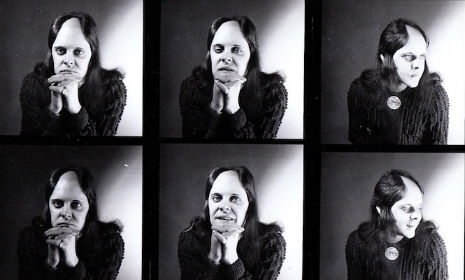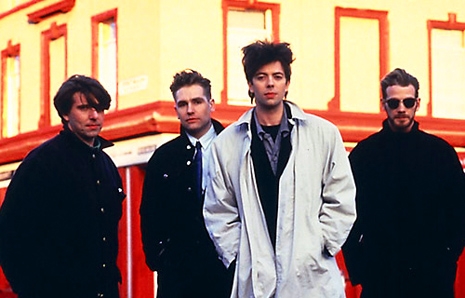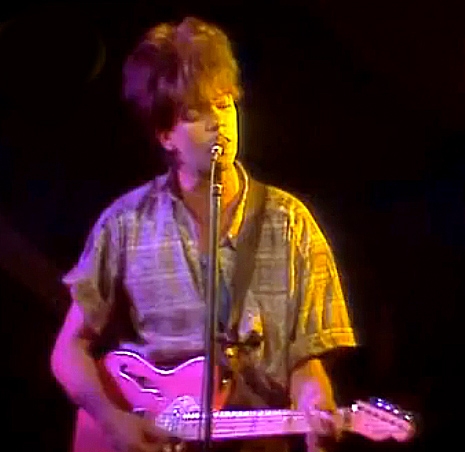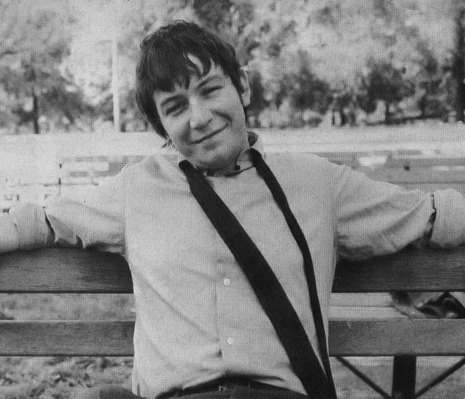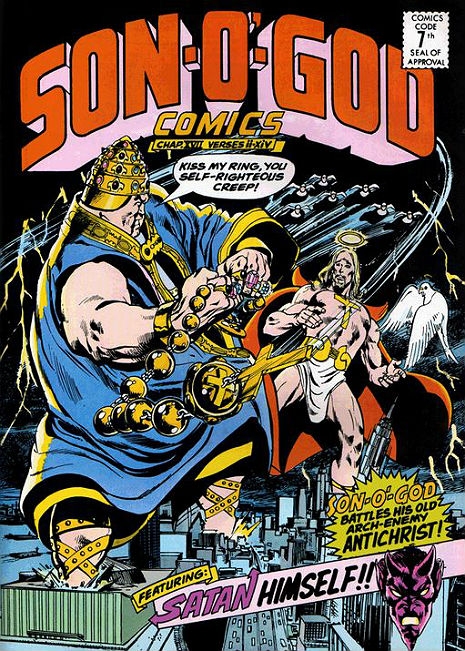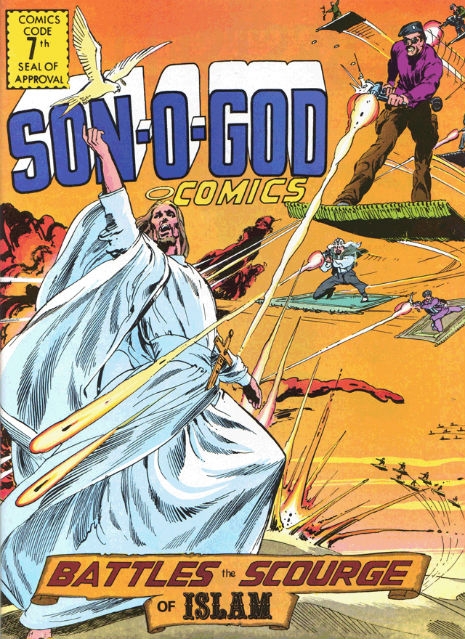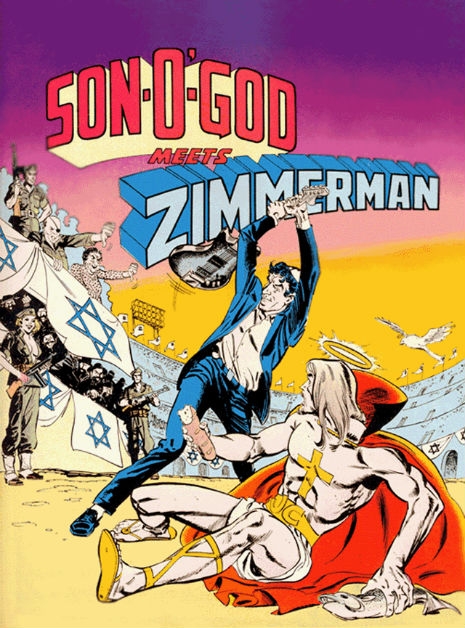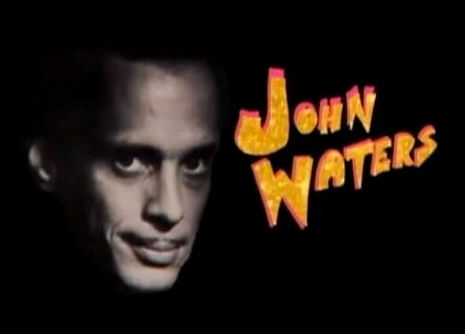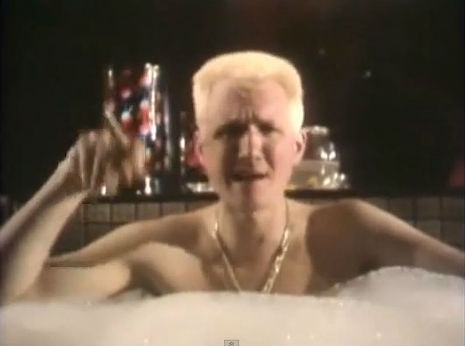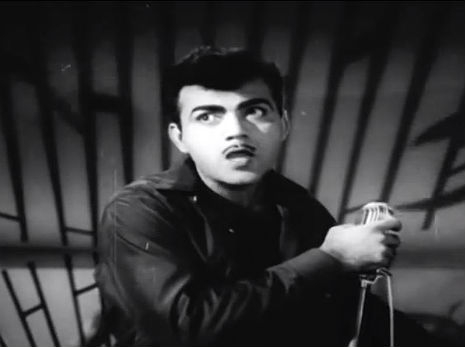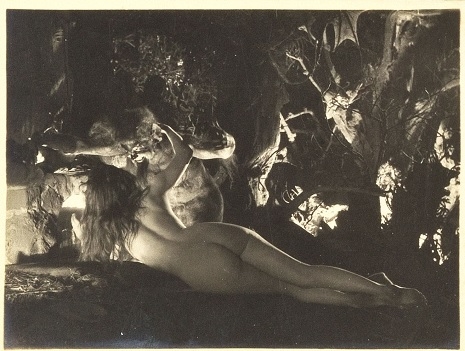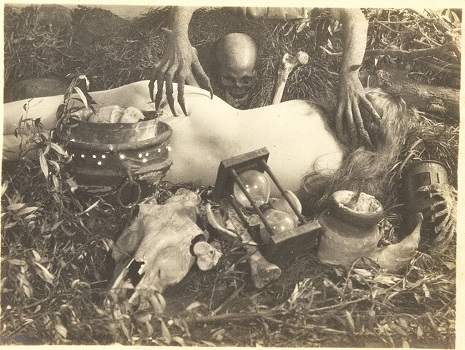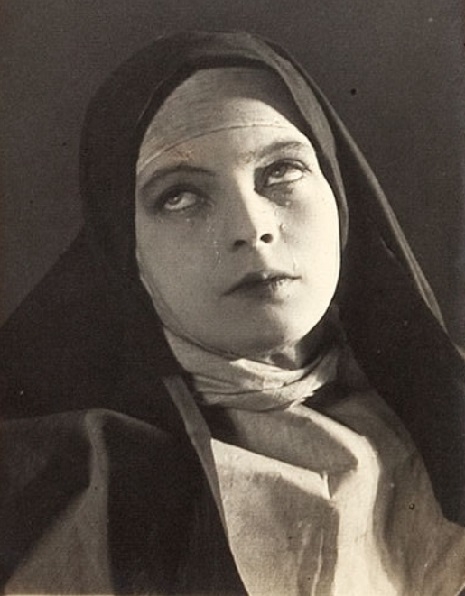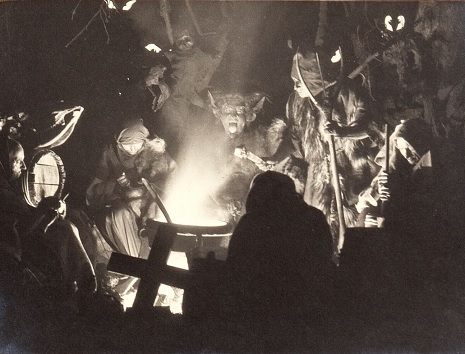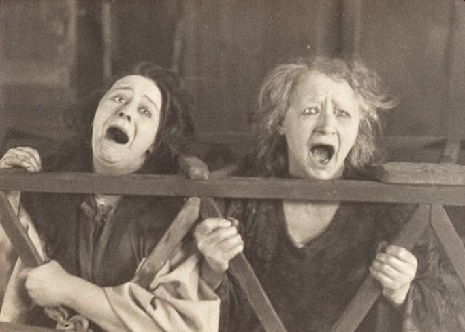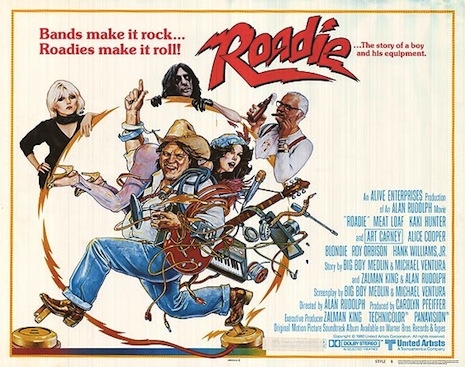
Alan Rudolph’s career is a bit of a puzzlement. Once a protégé of Robert Altman, Rudolph in his own movies seldom managed to master Altman’s art of turning a seemingly chaotic melange of overlapping dialogue into a pleasing whole. His first movie, Welcome to LA (1976), was a kind of downbeat version of Nashville, only lacking the focus Altman was able to achieve. Roadie came soon after, and it blends the music-centric perspective of Welcome to LA with something a lot like The Blues Brothers, Smokey and the Bandit, Car Wash, et al.
Roadie is intermittently an exasperating hubbub but is ultimately a pretty entertaining flick. Rudolph and co. (one of the writers is Zalman King, né Lefkowitz, who would later bring you the soft-core classics Wild Orchid and Red Shoe Diaries) were fortunate indeed to have Meat Loaf in the title role—Roger Ebert thought they should have let him loose more often, but “Mr. Loaf,” as The New York Times once memorably called him, is still a pleasing cinematic presence even in repose.

Mr. Loaf plays the part of Travis W. Redfish, a small-town trucker/inventor whose life is changed by the happenstance breakdown of the truck conveying shifty manager Ace (Joe Spano) and virginal groupie (you read that right) Lola Bouillabaisse to Austin for a must-see gig by Hank Williams, Jr. With his handy inventor’s know-how, Travis (now smitten with Lola, whose stated goal in the movie is to meet Alice Cooper) repairs the van and joins the merry, coked-up band for the rest of the tour, which will later meet up with Cooper, Blondie, Roy Orbison, and multiple Grammy winners Asleep at the Wheel.
The musical selections are memorable indeed. Hank Jr. plays his then-recent hit “Outlaw Women,” Orbison gives “The Eyes of Texas” a whirl, and Blondie gamely covers Johnny Cash’s “Ring of Fire” complete with cowboy hats and Clem Burke’s DayGlo neckwear. (I didn’t know that Blondie ever played that song; turns out, the Roadie version is included on the 2001 reissue of their sublime 1979 album Eat to the Beat.) We also get a little bit of Alice doing “Only Women Bleed” and “Road Rats” as well as a larger chunk of “Pain.”
Speaking of the Blues Brothers, no sooner had I formulated that comparison in my mind than—there they are!—Jake and Elwood (not played by John and Dan, tho’) sneaking around a hotel just before some plot nonsense in which cocaine gets mixed up with a package of Tide detergent. Blondie also gets into a huge brawl with a septet of interracial midgets, the backup “dwarves” to the presumed main attraction, “Snow White.”
The YouTube video has French subtitles, which are mildly annoying, although it’s a positive boon when a line like “That’s right, honey—I’m jailbait!” gets rendered as “Exactement, cheri. Je suis mineure.” Art Carney is wasted as Travis’ pop at home, and Ebert’s right that the movie really should have put more focus on the music (complete performances, perhaps?) but what’s there is still an enjoyable mess.
Previously on Dangerous Minds:
Led Zeppelin roadie (1971-74) TELLS ALL!!!!







